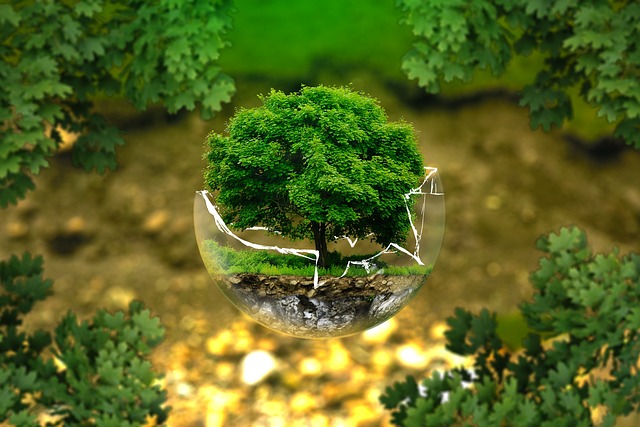In the sun-scorched landscapes where green once thrived, a silent transformation is occurring. Sand encroaches on fertile ground, crops fail, and the once-abundant habitats of countless species turn barren. This is not merely a tale of localized drought — this is desertification, a phenomenon deeply woven into the fabric of environmental degradation and the looming crisis of climate change. As deserts expand, the breakdown of ecological balance becomes unavoidable, threatening not only the land but the very systems that sustain life on Earth.
Desertification is commonly misunderstood as just the spread of existing deserts. In truth, it’s a complex process, driven by unsustainable land use, deforestation, overgrazing, and changes in rainfall patterns due to global climate shifts. These actions strip soil of nutrients, destroy vegetation cover, and reduce the land’s ability to retain water — opening a wound in the Earth’s skin that only grows over time. The repercussions stretch far beyond local communities, affecting climate regulation, air quality, and biodiversity.
As the climate warms, weather patterns shift unpredictably. Arid and semi-arid regions face prolonged droughts, while erratic rainfall fails to nourish the soil. This combination accelerates desertification, further stressing fragile ecosystems and displacing both animal species and human populations. With every acre of productive land lost, the equilibrium of nature teeters.
The breakdown of ecological balance due to desertification is not an abstract concept — it’s a lived reality for millions. Farmers experience reduced crop yields, nomadic cultures lose their grazing lands, and entire communities are forced to migrate in search of sustenance. Meanwhile, forests and grasslands that once absorbed atmospheric carbon diminish, allowing greenhouse gases to accumulate and intensify climate change. This vicious cycle deepens, making environmental restoration more difficult with each passing year.
When ecosystems collapse, they don’t do so in isolation. The fall of one tree species can affect the insects that pollinate nearby crops, the birds that feed on those insects, and ultimately, the humans who rely on agricultural productivity. Desertification sets off a domino effect that unravels these connections. This insidious process, often hidden from immediate view, is a vivid representation of the breakdown of ecological balance that ties desertification intimately to the climate crisis.
Nature is resilient — but not invincible. The deterioration caused by desertification is a call to each of us to consider the wider implications of environmental neglect. As stewards of this planet, our actions must now center around conservation, sustainable land management, and policies that prioritize ecological health over short-term gain. Only by addressing the roots of desertification can we hope to restore balance and protect our climate-imperiled future.


